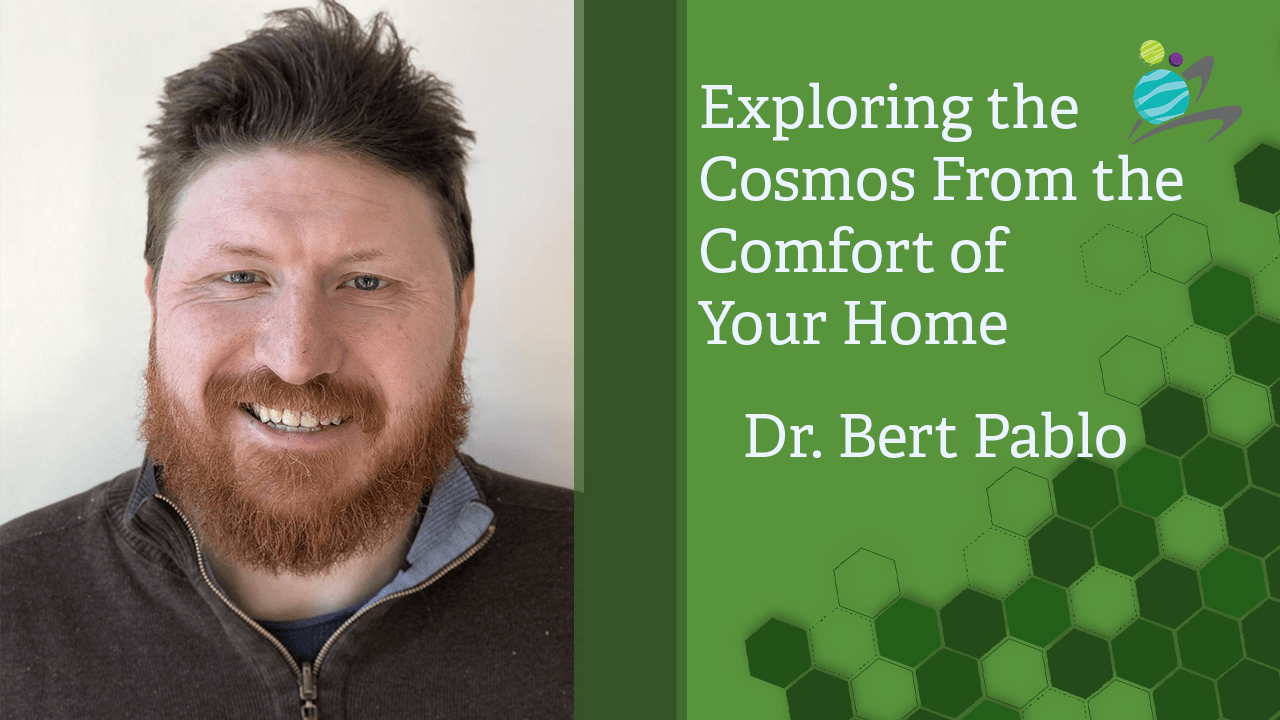
Citizen Science, the AAVSO, and You
From the search for supernovae to confirming new exoplanets, there are plenty of ways for the average person to get involved in astronomy and make meaningful contributions. However, finding these opportunities is not always easy. In this talk, we will go through a few of the ways you can contribute with particular focus on variable stars and the work of the American Association of Variable Star Observers (AAVSO). Whether you are looking for a new hobby or to create your own research projects, we will discuss the various tools at your disposal.
Our speaker, Dr. Bert Pablo, earned his bachelor's degree at Vanderbilt University in 2006 and his doctorate of astrophysics in 2012 from Iowa State University under the direction of Dr. Steve Kawaler. He then worked as a postdoctoral fellow with the BRITE-Constellation project at the University of Montreal and is now the Staff Astronomer at the AAVSO. Being an astronomer was all he really wanted to do, going so far as to tell anyone who asked from age 12 on that he wanted to be an astrophysicist when grew up. He will further admit that it was another 10 years before he even really understood what the word astrophysicist meant.
Bert's science interests are, unsurprisingly, in the realm of stellar variability in all its various forms. He has worked on spots, wind variability, oscillations, and even a possible planetary transit. However, his main passion has always been binary stars. He believes that binaries are crucial to our understanding of stellar evolution and believes every star should have one. For the most massive stars this is most likely the case, and as such he has brought his focus to these stars in more recent years. He also firmly believes that there can never be too many types of variability in a single star (or star system) and takes disentangling all these signals as a personal challenge. He feels that the more variability a star shows the better our understanding of this star will inevitably be, even if it takes (a lot) longer to analyze.
You can visit the AAVSO website to learn more.
This program will last for approximately 60 minutes. Please remember to arrive at the planetarium at least 10 minutes prior to the showtime indicated on your ticket. For more information, please visit our Frequently Asked Questions page.
Contact Us
Hours: Monday-Friday 8 a.m. to 5 p.m. Holiday Closure: Dec. 15 through Jan. 4. Regular business hours will resume Jan. 5.
